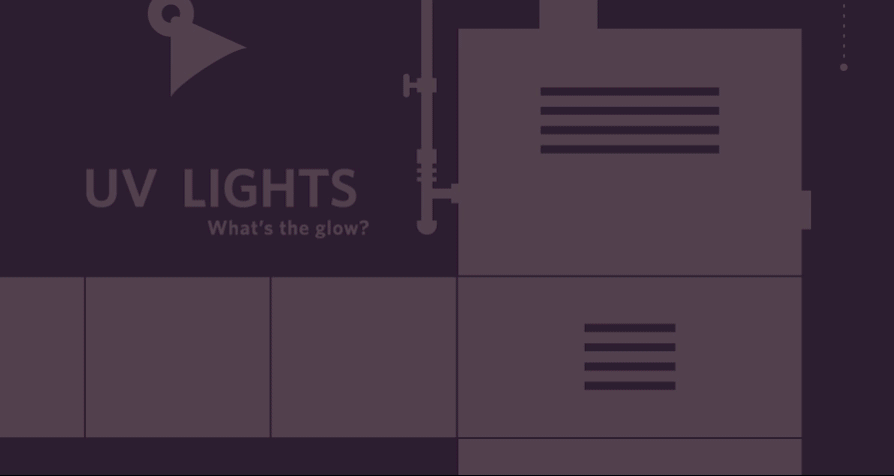
Heating and cooling systems make homes and businesses comfortable places to live and work by controlling temperatures and humidity levels and circulating air. While this is beneficial if the air is clean, circulating contaminants can negatively affect indoor air quality. That’s why it’s important to make sure you have the right air cleaning devices installed.
A Simple Way to Improve Indoor Air Quality
One simple way to improve the air quality air in your home is to install ultraviolet lights in your HVAC system.
Improved indoor air quality can benefit your everyday life by:
- Controlling mold and bacteria;
- Reducing infectious diseases;
- Reducing smells and odors;
- And improving asthma.
How UV Lights Clean the Air
UV lights purify the air by killing mold and bacteria, ultimately funneling clean air into the HVAC system for circulation. UV lights remove contaminants by emitting a light that destroys their DNA makeup. The contaminant is then not able to repair itself and is considered non-threatening.
UV lights are not a one size fits all application. You need to consider the location and size of the HVAC system and the number of UV lights you’ll need. Consult your local HVAC contractor for help installing ultraviolet lights to breathe cleaner air.


